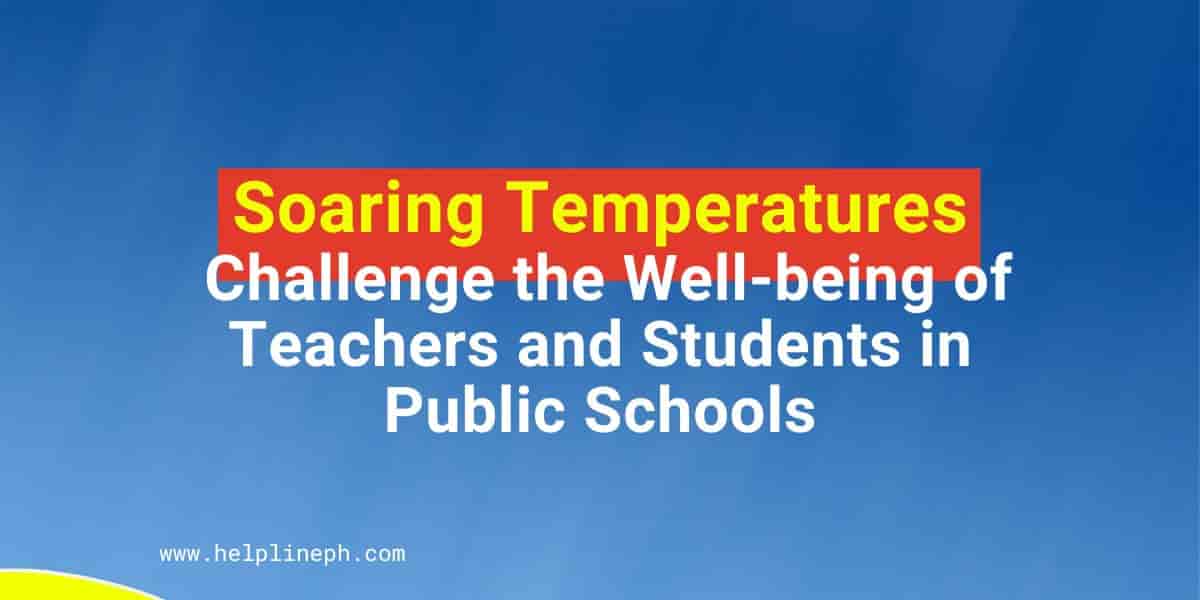Soaring Temperatures Challenge the Well-being of Teachers and Students in Public Schools
As the relentless heat of the sun bears down upon the nation, teachers and students in public schools find themselves struggling to cope with the sweltering conditions. Unprecedented in the history of education, this issue has arisen due to a combination of a new curriculum and a sudden change in the vacation schedule. The extreme temperatures have led to numerous cases of heat stroke, headaches, dehydration, and other heat-related issues among both educators and their pupils.
The situation has prompted teachers to call on the Department of Education (DepEd) to address the pressing concerns brought about by soaring temperatures. With classrooms in public schools lacking air-conditioning, educators and students are left with little relief from the stifling heat. Despite the availability of water and electric fans, these measures are proving insufficient to alleviate the discomfort caused by the soaring temperatures.
However, the impact of the scorching sun extends beyond the confines of the classroom. People from all walks of life are opting to stay indoors to avoid the heat, which has been linked to a range of health problems, including dehydration, heat stroke, and skin issues. With the heat index expected to continue rising until September, the suffering of teachers and students in public schools due to soaring temperatures is unlikely to abate anytime soon.
In response to this ongoing dilemma caused by soaring temperatures, the higher officials of DepEd have granted school principals the discretion to make arrangements that best suit the needs of their school communities. This could involve deciding between face-to-face or modular forms of learning, depending on what they believe is most appropriate for the well-being of their staff and students.
As the nation grapples with the unprecedented challenge of soaring temperatures, it is crucial that the health of teachers and students remains a priority. By working together to find effective solutions, communities can help to ensure that education can continue without compromising the safety and well-being of those involved.






